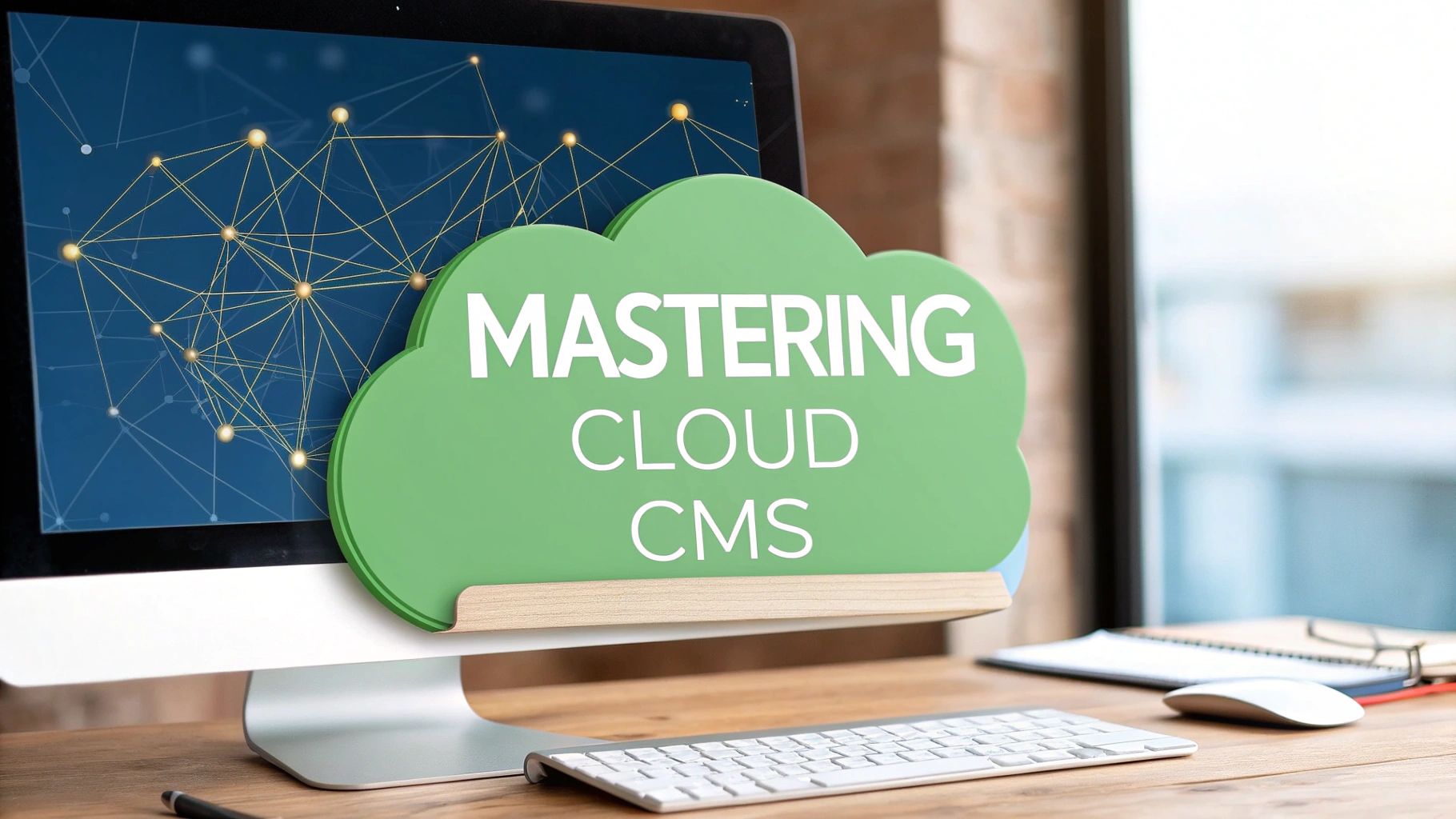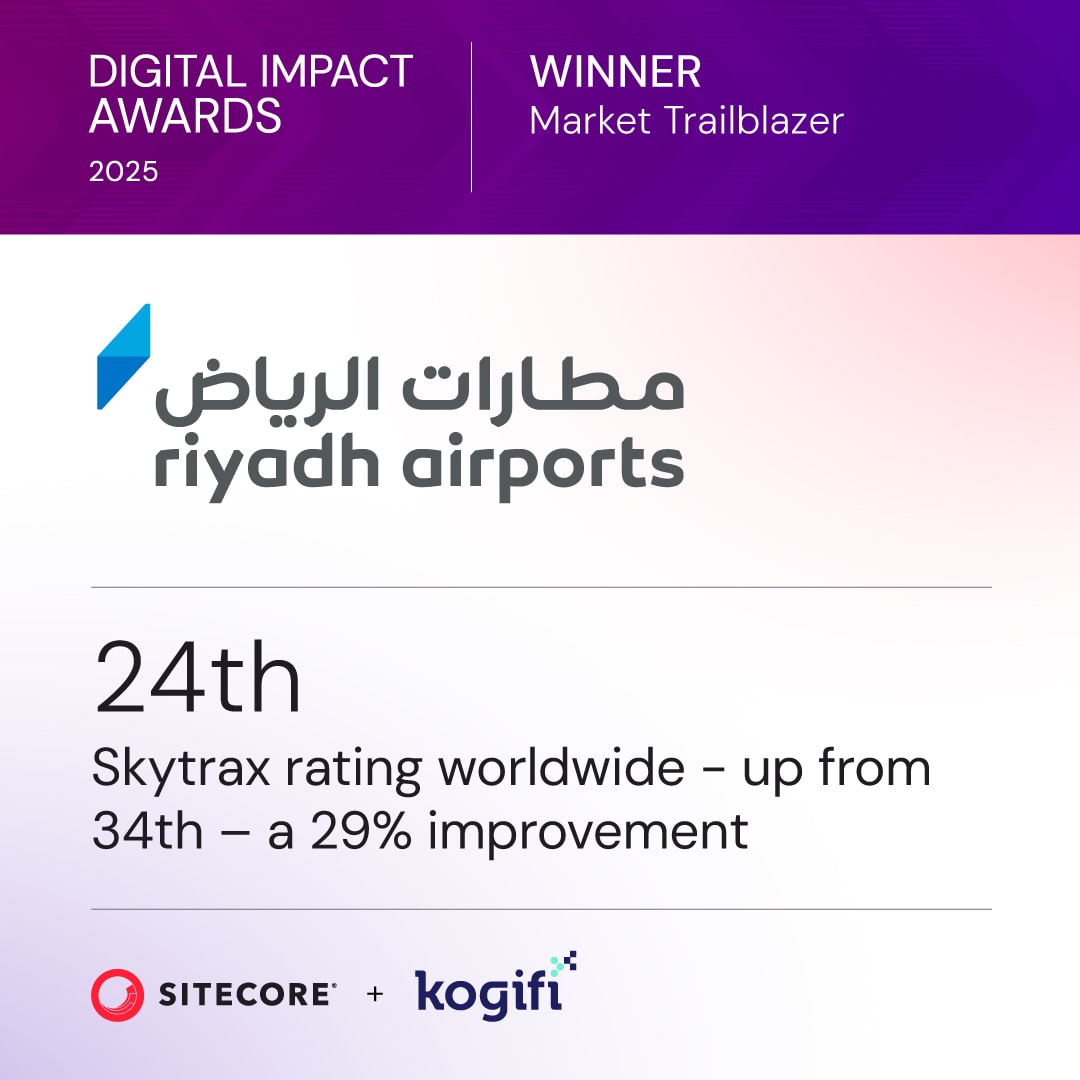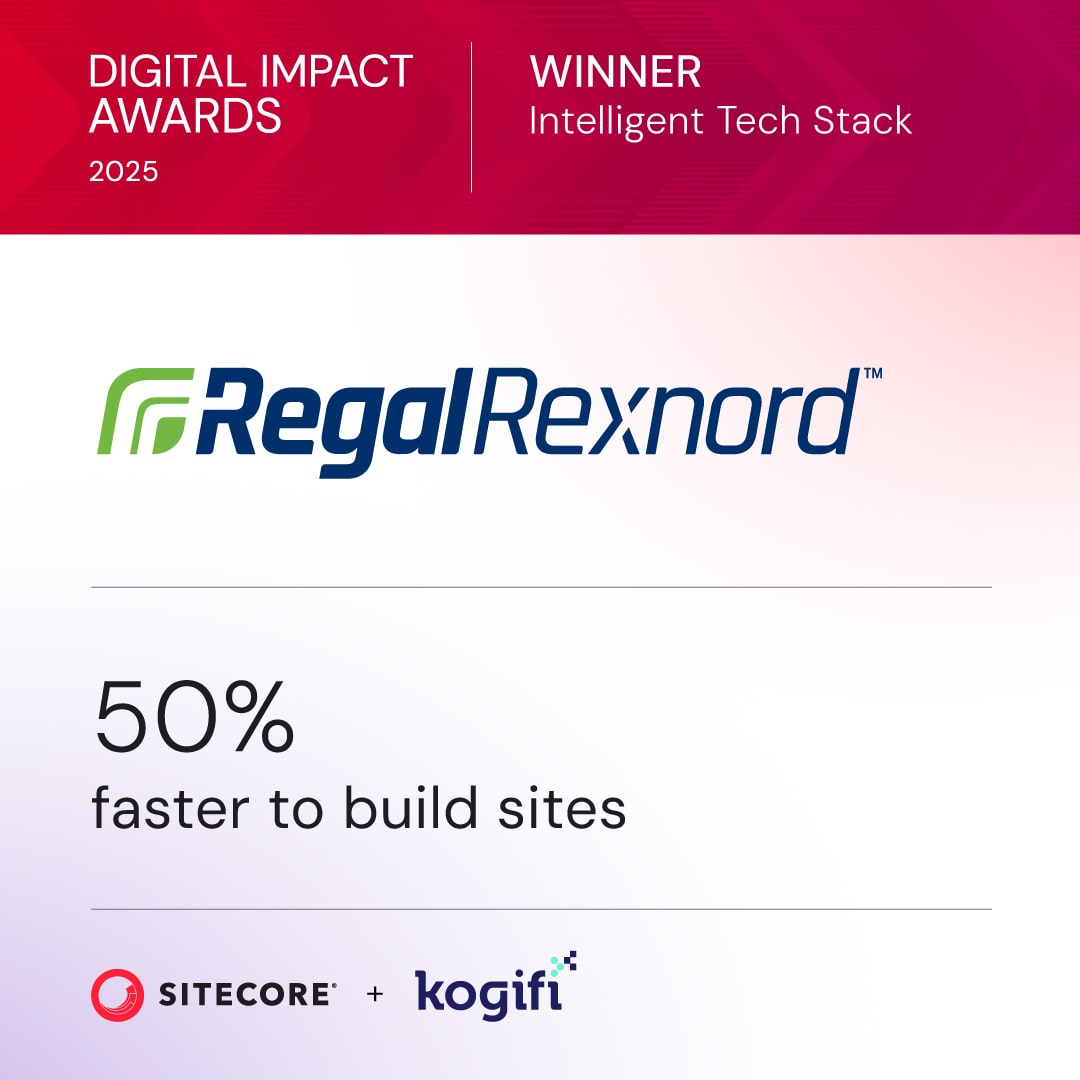Infrastructure risk management is about identifying, assessing, and addressing threats to your organization's technology systems, data, and networks. Here's the key takeaway: Effective risk management protects your business from costly disruptions, data breaches, and reputational damage.
Why It Matters:
- Cost of Downtime: System outages can cost businesses thousands to millions of dollars per hour.
- Data Breaches: The average breach costs $4.24 million and often leads to customer churn.
- Compliance Risks: Regulations like GDPR and HIPAA demand strict infrastructure security.
Key Steps:
- Asset Inventory: Catalog all devices, software, data, and users to track risks.
- System Dependencies: Map out how systems interact to identify weak points.
- Risk Assessment: Measure threats based on likelihood, vulnerabilities, and asset value.
- Risk Controls: Use layered defenses (physical, technical, administrative) to mitigate risks.
- Continuous Monitoring: Regular audits and real-time updates keep defenses current.
Tools and Best Practices:
- Automated Tools: Essential for tracking assets and prioritizing vulnerabilities.
- Incident Response Plans: Prepare for breaches with clear steps for containment and recovery.
- Compliance Management: Stay aligned with regulations to avoid penalties.
By following these steps, businesses can minimize disruptions, protect customer trust, and maintain operational stability.
Pro Tip: Companies using structured risk management methods report 18% higher profits than those without them.
Finding Critical Infrastructure and Risks
Creating an Asset Inventory
Building an accurate asset inventory is a must. It involves cataloging all your hardware, software, cloud services, and data sources. With infrastructure evolving by 5-15% each month, manual tracking just doesn’t cut it anymore - automated tools are the way to go.
The CIS Controls v8.1 framework outlines six key asset classes to include in your inventory:
| Asset Class | What It Includes | Security Risk Relevance |
|---|---|---|
| Devices | Desktops, laptops, smartphones, servers, IoT devices, network equipment, removable media | These are often the first targets for attacks, exposing vulnerabilities across physical, virtual, and cloud setups. |
| Software | Operating systems, applications, firmware, services, APIs, libraries | Unpatched or unauthorized software opens the door to attacks; managing these is crucial for security. |
| Data | Sensitive data (PII, financial, health), log data, physical documents, backups | Data breaches are a top concern; securing and managing access is critical for compliance and protection. |
| Users | Employee, contractor, admin, and service accounts | Over-privileged or unmanaged accounts pose a significant risk; enforcing least privilege is essential. |
| Network | Network hardware/software, topology, segmentation, firewall rules | Poorly configured networks allow attackers to move laterally; segmentation and mapping are key. |
| Documentation | Policies, procedures, incident response plans, security diagrams | Keeping these up-to-date ensures readiness for audits and effective incident response. |
Automated tools are indispensable for keeping asset records current. These tools integrate with your security systems and provide real-time updates. For platforms like Sitecore or SharePoint, this means tracking not just the core setup but also custom modules, integrations, and supporting infrastructure.
"Having something is better than nothing because you can't manage what you don't know you have [...] Get a little bit put in place, get some feedback, you know, tweak it, build it some more, get some feedback." - Allen Dixon, IT Service Management (ITSM) leader
Tagging assets with metadata - like business owner, criticality, sensitivity, and regulatory impact - turns your inventory into a powerful risk management tool. Assigning ownership ensures regular patching, consistent reviews, and proper decommissioning when needed.
Audits are essential to maintain accuracy. Perform them during asset additions, upgrades, reassignments, or retirements. Set up real-time alerts to flag unauthorized changes or unapproved devices joining your network.
With a solid inventory in place, you can start analyzing how these assets interact to uncover critical dependencies.
Understanding System Dependencies
Mapping system dependencies helps identify weak links that could lead to cascading failures. A single point of failure can ripple through interconnected systems, causing widespread outages if not properly addressed.
By linking your asset inventory to system interactions, you can pinpoint vulnerabilities.
"Sometimes, it's not just the disaster…it's the disruption caused to infrastructure or to people, and that creates second- and third-order effects to contend with." - Robert Glenn, Director of the Office of Business, Industry, and Infrastructure Integration at FEMA
Start by evaluating how each infrastructure system supports your core business functions. Ask yourself:
- What infrastructure systems are essential to your organization?
- What services do they provide?
- What critical processes or facilities rely on these systems?
- What business operations depend on those processes?
For digital platforms like Sitecore, this means understanding connections to customer databases, payment systems, content delivery networks, and third-party APIs. If your content management system fails, which customer touchpoints are impacted? How does this affect revenue?
Use past incidents to uncover hidden dependencies. Review what systems were directly affected and how disruptions spread to other areas. Understanding these patterns helps you prepare for future challenges.
Focus on the essentials - identify critical business functions and trace the infrastructure that supports them. For instance, an e-commerce platform might prioritize systems for product catalogs, payment processing, and order fulfillment. Knowing these dependencies allows you to prioritize protection.
Collaborate with external partners to understand their risk management strategies and communication protocols. Your resilience depends not just on internal systems but also on suppliers, service providers, and technology partners. Document these relationships and ensure communication channels are ready for emergencies.
"We're all much more aware now because of COVID of how fragile our supply chains are... Companies that know their suppliers, have validated their operational readiness, and have executed and learned from their business continuity plans are just better prepared companies." - Robert Glenn, Director of the Office of Business, Industry, and Infrastructure Integration at FEMA
Understanding these connections lays the groundwork for assessing and prioritizing risks.
Measuring Risk Exposure
After cataloging assets and mapping dependencies, the next step is to measure risk exposure. This helps you focus on the vulnerabilities that matter most, especially when resources are limited.
Teams typically remediate about 10% of vulnerabilities, while only 0.91% are weaponized. This is where risk-based vulnerability management (RBVM) comes into play. Unlike traditional methods that rely on generic severity scores, RBVM incorporates contextual intelligence and environmental factors. It looks at asset importance, exploitability, and known threat activity to produce more accurate risk assessments.
Assign criticality scores by weighing factors like revenue impact, data exposure, and compliance needs. For example, a customer-facing e-commerce platform carries more risk than an internal testing environment, even if both share similar vulnerabilities.
Use automated tools that integrate data from cybersecurity sources. These tools consolidate information from threat intelligence platforms, asset management systems, network analyzers, and configuration databases to provide a comprehensive view.
Prioritize fixing vulnerabilities that are both highly exploitable and actively targeted by attackers. Organizations using automated prioritization have been shown to reduce the time to address critical vulnerabilities by 90% compared to traditional methods.
"Risk-based Vulnerability Management is an improvement on traditional vulnerability management because it prioritizes each vulnerability's risk score using combined inputs that consider the location of each vulnerability enriched vulnerability score metrics." - Joshua Selvidge, CTO at PurpleSec
Develop risk models tailored to your tolerance levels, regulatory requirements, and business priorities. A financial institution will have different risk considerations than a manufacturing company, so your model should reflect these nuances.
Leverage your asset inventory and dependency map to refine risk scores. Keep assessments dynamic by incorporating real-time data and predictive models. The threat landscape changes rapidly, so static evaluations can quickly become outdated. Regular updates ensure your risk prioritization stays relevant.
Visual tools like risk matrices can help categorize threats by probability and impact, making it easier to communicate risks to stakeholders and guide resource allocation.
These assessments provide a clear direction for remediation and monitoring strategies.
Understanding Critical Infrastructure Risk Assessment
Building a Risk Management Strategy
Turning risk insights into a focused plan is key to safeguarding your most critical assets. A well-crafted strategy not only protects these assets but also aligns seamlessly with your business goals.
Start by examining your organization's objectives to pinpoint what must go right for success. This top-down approach ensures your risk management efforts focus on what truly matters to your business.
"You're never as prepared as you think you're going to be." - Robert Glenn, Director of the Office of Business, Industry, and Infrastructure Integration at FEMA
Incorporate established frameworks like FEMA, NIST, and ISO to guide your efforts. Take a comprehensive view by involving all relevant stakeholders - IT teams, business leaders, compliance officers, and even external partners. Each brings a unique perspective, helping to uncover blind spots and address real challenges.
A solid strategy connects your risk assessments to practical controls and continuous reviews.
Risk Identification and Prioritization
To effectively manage risks, you need to identify and prioritize them based on both your business goals and operational realities. Using a combination of top-down and bottom-up approaches ensures a thorough understanding. The top-down method focuses on strategic goals to identify potential barriers, while the bottom-up approach digs into technical and operational vulnerabilities that could grow into larger problems.
Common risks to consider include natural disasters, cyberattacks, supply chain issues, and economic challenges. For digital platforms like Sitecore or SharePoint, threats might range from server outages and data breaches to compliance failures and third-party API disruptions.
A risk matrix can be a powerful tool for categorizing threats by their likelihood and potential impact. This allows you to quickly identify and address "high likelihood, high impact" risks. Maintaining a detailed risk register is equally important. This document should include each risk's likelihood, potential impact, priority, planned response, and ownership, providing a structured approach to risk management.
Several factors influence how you prioritize risks, such as:
- Risk severity: The potential damage if the threat becomes reality
- Resource availability: Your capacity to manage the risk
- Cost considerations: The balance between mitigation costs and potential losses
- Regulatory requirements: Legal and compliance obligations
- Ease of management: How quickly and effectively controls can be applied
Organizations often choose between qualitative and quantitative methods for assessment. Qualitative methods use simple categories like high, medium, and low, which are easy to apply but can be subjective. On the other hand, quantitative methods rely on data for precise evaluations, though they require more expertise and resources.
By focusing on the most critical risks - those with the highest likelihood and impact - you can ensure your resources are used where they make the biggest difference.
Once risks are prioritized, it's time to implement controls to mitigate them.
Setting Up Risk Controls
Risk controls are the measures you put in place to prevent threats from exploiting vulnerabilities. A layered, defense-in-depth approach is one of the most effective strategies. By combining multiple types of controls, you create a safety net where, if one measure fails, others can still protect your assets.
Security controls generally fall into three main categories:
| Control Type | Preventative | Detective | Corrective |
|---|---|---|---|
| Physical | Fences, gates, locks | CCTV, surveillance logs | Repair damage, re-issue access cards |
| Technical | Firewalls, MFA, antivirus | Intrusion detection systems | Patch systems, quarantine threats |
| Administrative | Policies, training, data classification | Access reviews, audits | Incident response, continuity planning |
Physical controls might include fences, biometric locks, or secure server rooms to prevent unauthorized access. For platforms like Sitecore or SharePoint, this could extend to secure server environments and environmental monitoring systems.
Technical controls - such as encryption, firewalls, and intrusion detection - serve as the frontline defense against cyber threats. Meanwhile, administrative controls, like policies and training, govern how people interact with systems and ensure compliance with best practices.
When setting up controls, tailor them to your organization's specific risks. Focus on effectiveness rather than quantity, and assign clear ownership to ensure proper management and regular audits.
Regular assessments, including vulnerability scans and penetration tests, are essential to confirm that your controls remain effective over time.
Regular Review and Updates
Risk management isn't a one-and-done task - it requires consistent attention. Regular reviews help ensure your strategy stays relevant as threats evolve.
Revisit your risk management plan frequently to keep it aligned with current threats and industry standards. What worked yesterday might not be enough to handle today's challenges.
Stay informed about new vulnerabilities and cybersecurity trends, and adjust your plan as needed. Any changes in your infrastructure - such as new software, system upgrades, or cloud migrations - should trigger a review, as these could introduce new risks.
Automated tools can be invaluable for monitoring your systems. They can detect unusual activity, unauthorized changes, or emerging vulnerabilities before they escalate into major issues.
Set a regular review schedule - quarterly is a good starting point - and conduct immediate reviews after significant incidents, major changes, or new regulatory requirements.
For organizations using platforms like Sitecore, Adobe Experience Manager, or SharePoint, reviews should also include updates to platform security, third-party integrations, and any custom developments.
sbb-itb-91124b2
Monitoring, Compliance, and Response Planning
Once your risk controls are in place, the real challenge begins. This phase is where monitoring ensures your defenses stay effective, compliance keeps you aligned with regulations, and response planning equips your organization to address issues before they spiral out of control. Think of it as your early warning system combined with a solid emergency plan.
Measuring Performance with KPIs
Key Performance Indicators (KPIs) are essential for tracking how well your controls are working and identifying areas that need improvement. The best KPIs align with your business goals, highlight actionable steps when targets aren't met, and measure progress over specific timeframes.
A great example is the framework developed by the DevOps Research and Assessments (DORA) team at Google Cloud. After surveying 32,000 professionals over six years, they established DORA metrics, now a benchmark for evaluating infrastructure performance and reliability. These include:
- Deployment Frequency: How often software updates are successfully released.
- Mean Lead Time for Changes: The time it takes for code to move from commit to deployment.
- Change Failure Rate: The percentage of deployments that result in failures.
For platforms like Sitecore, Adobe Experience Manager, or SharePoint, additional KPIs might include system uptime, how quickly security patches are applied, completion rates for user access reviews, and the success rate of backups.
Creating effective KPIs starts with understanding your organization’s goals. Identify key success factors, brainstorm potential KPIs for critical areas, and evaluate the data you have available. Choose the best measurement methods, assign ownership for each KPI to specific teams, and set up regular review schedules. Communication is key - stakeholders need to understand why these KPIs matter. Remember, while KPIs measure performance, Key Risk Indicators (KRIs) focus on risk levels, and general metrics provide broader operational insights.
Meeting Compliance Standards
Compliance is all about ensuring your systems meet security standards, regulatory requirements, and company policies. It’s not just about avoiding fines - it’s also about building trust and operational resilience.
Consider this: organizations face an average of 234 regulatory alerts per day, and those with strong risk management practices report 18% higher profits than their peers. On top of that, the average cost of regulatory fines jumped by 49% in 2022, reaching $34.4 million per incident.
Some major compliance frameworks include HIPAA for healthcare data, PCI-DSS for payment processing, SOX for financial reporting, and GDPR for data protection. The NIST Risk Management Framework offers a seven-step process for managing information security and privacy risks.
Building a strong compliance program involves several steps: creating policies and procedures, forming a compliance management team, conducting regular risk assessments, and implementing necessary controls. Regular communication, training, monitoring, and audits are crucial. A risk-based approach - focusing on high-priority threats - is especially effective. Regular scans to spot compliance gaps, timely patching, and thorough testing can significantly improve system security. Training employees on compliance protocols, maintaining up-to-date documentation for critical software configurations, and reviewing disaster recovery plans regularly are also essential.
Here’s a quick look at HIPAA violation penalties:
| Tier | Description | Minimum Fine per Violation |
|---|---|---|
| 1 | Violations the entity was unaware of and couldn't reasonably avoid | $100 |
| 2 | Violations the entity should have known about but couldn't avoid with reasonable care | $1,000 |
| 3 | Violations from willful neglect, but with efforts made to correct them | $10,000 |
| 4 | Willful neglect without any attempts at correction within 30 days | $50,000 |
Organizations that integrate compliance and risk management often see a 45% drop in incident costs and experience 23% fewer financial losses from operational issues.
Once compliance is in place, focus on developing an incident response plan to handle breaches effectively.
Incident Response and Recovery Plans
Even with strong defenses, incidents can happen. That’s why having a well-thought-out incident response plan is critical. It minimizes damage and ensures your team can recover quickly. An effective plan outlines how to prepare for, address, and recover from cyberattacks or system failures.
Incident response typically involves seven phases: preparation, detection and analysis, containment, eradication, recovery, lessons learned, and ongoing improvement. Preparation starts with forming a dedicated Computer Security Incident Response Team (CSIRT), which can operate virtually across departments if needed. Developing incident playbooks for common scenarios - like data breaches or system outages - further enhances your readiness.
To detect and analyze incidents, use monitoring systems and escalation procedures. Integrating threat intelligence feeds and preserving forensic evidence can strengthen detection efforts. Once an incident is identified, focus on containment, removing the threat, and recovering operations. For critical systems, this might mean isolating affected servers, applying security patches, and restoring data from clean backups.
Clear, streamlined processes help your team act decisively under pressure. Centralized tools that allow access to all incident-related information, combined with automation for tasks like asset inventory updates and patch management, free up resources for critical decision-making.
If your organization uses Kogifi's services, response planning might involve working with platform specialists who understand the specific vulnerabilities and recovery steps for systems like Sitecore, Adobe Experience Manager, or SharePoint. Having 24/7 support can significantly reduce response times during emergencies.
Finally, document every step during and after an incident. These records are invaluable for forensic analysis, insurance claims, compliance evidence, and improving future responses. The ultimate goal? To learn from incidents and come out stronger.
Key Takeaways and Next Steps
Managing infrastructure risks isn't just about avoiding disasters - it’s about creating a system that can bounce back quickly while minimizing potential threats. By using a proactive approach, organizations can reduce downtime and enhance resilience.
Risk Management Best Practices Summary
Successful infrastructure risk management revolves around five key strategies that work together to create a strong defense.
- Risk identification and assessment: Regular audits and continuous monitoring are essential to uncover potential threats before they escalate. This process should include keeping an eye on both internal operations and external factors.
- Clear policies and procedures: A solid framework of guidelines ensures that everyone knows their responsibilities when addressing risks. These policies should evolve alongside your organization and the ever-changing threat landscape.
- Automated, real-time monitoring systems: Advanced tools can detect risks as they arise and send immediate alerts, allowing teams to act quickly. This approach helps prevent discovering problems only after damage has been done.
- Regular training and awareness programs: Employees play a critical role in risk management. Ongoing training equips them to recognize and respond to risks, making them the first line of defense. These programs should be updated regularly to address new challenges.
- Scenario planning and simulation: Preparing for various risk scenarios through simulations and contingency plans helps teams respond effectively when real issues arise. This is especially important in light of recent cyberattacks that have exposed weaknesses in interconnected systems.
Organizations using structured risk assessment methods are able to identify 47% more potential threats compared to those relying on informal approaches.
"Risk monitoring is no longer a static, annual review exercise, it's a living, dynamic process that touches every part of the organization." - The Protecht Group
By combining these strategies with expert support, businesses can build a stronger and more resilient infrastructure.
How Kogifi Can Help Your Enterprise

Implementing these best practices often requires specialized expertise, particularly for organizations managing complex digital platforms. This is where Kogifi’s expertise becomes a game-changer for companies relying on systems like Sitecore, Adobe Experience Manager, or SharePoint.
Kogifi’s approach starts with comprehensive platform audits to pinpoint vulnerabilities unique to your infrastructure. These audits cover system dependencies, security configurations, and potential failure points, ensuring a tailored plan to address risks. With extensive experience in platform implementations and updates, Kogifi understands the specific challenges and risks each system presents.
When incidents occur, 24/7 support ensures rapid response. Having experts who know the ins and outs of your platforms can significantly speed up containment, eliminate threats, and restore services quickly - especially during the critical first hours of an emergency.
Migration and recovery services are another key offering. Kogifi helps organizations transition from outdated systems to more secure platforms without introducing new risks. If a breach does occur, their recovery services restore systems from clean backups and strengthen defenses to prevent repeat incidents.
By integrating AI personalization and omnichannel strategies with a strong risk management framework, Kogifi ensures customer-facing systems remain secure and operational, even in the face of infrastructure challenges.
"Understanding how to approach, plan and execute risk management activities throughout the life of a project is critical for clients to maximize the beneficial outcome of opportunities and minimize or eliminate the consequences of adverse risk events." - RS&H
For businesses aiming to improve their risk management, the next step is clear: assess your current capabilities and address any gaps. Whether you need platform-specific expertise, real-time monitoring, or recovery planning, partnering with specialists like Kogifi can help transform minor incidents into manageable events rather than major disruptions. Companies with strong risk management programs also report 18% higher profits compared to those with weaker practices.
FAQs
What are the best automated tools for keeping your asset inventory current in infrastructure risk management?
Keeping an accurate and current asset inventory is a cornerstone of managing infrastructure risks, and automated tools make this task much easier. The most efficient solutions often include real-time discovery and tracking software, which can automatically identify, classify, and update asset information.
These tools give organizations constant visibility into their IT assets, helping them spot vulnerabilities and address risks based on priority. By automating this process, businesses can simplify inventory management and concentrate on proactive measures to minimize risks and strengthen their security posture.
What steps can organizations take to comply with GDPR and HIPAA while managing infrastructure risks?
To align with GDPR and HIPAA while addressing infrastructure risks, organizations should begin with regular risk assessments to pinpoint weaknesses in their systems. Strengthening data protection through methods like encryption and enforcing strict access controls is essential for keeping sensitive information secure.
Having a Data Protection Officer (DPO) or a specialized compliance team in place ensures that regulatory standards are consistently met and upheld. It's also crucial to implement continuous security monitoring and well-prepared incident response plans to tackle threats as they arise. These steps not only help maintain compliance but also safeguard vital infrastructure.
What are the key steps to creating an effective incident response plan to minimize damage and ensure a fast recovery?
To build a strong incident response plan, start by crafting a well-defined policy that has the backing of senior leadership. Put together a response team with clearly assigned roles, and set up communication protocols to keep everyone on the same page when incidents occur. Pinpoint your most critical assets and map out step-by-step procedures for detecting, analyzing, containing, eliminating, and recovering from threats.
Don’t stop there - test your plan regularly with simulations or tabletop exercises to see how it holds up. Use these tests to spot weaknesses and make necessary adjustments. Keep the plan current by reviewing it frequently to address new vulnerabilities and evolving threats. Staying prepared means being consistent and flexible, which helps limit damage and ensures a faster recovery.








































